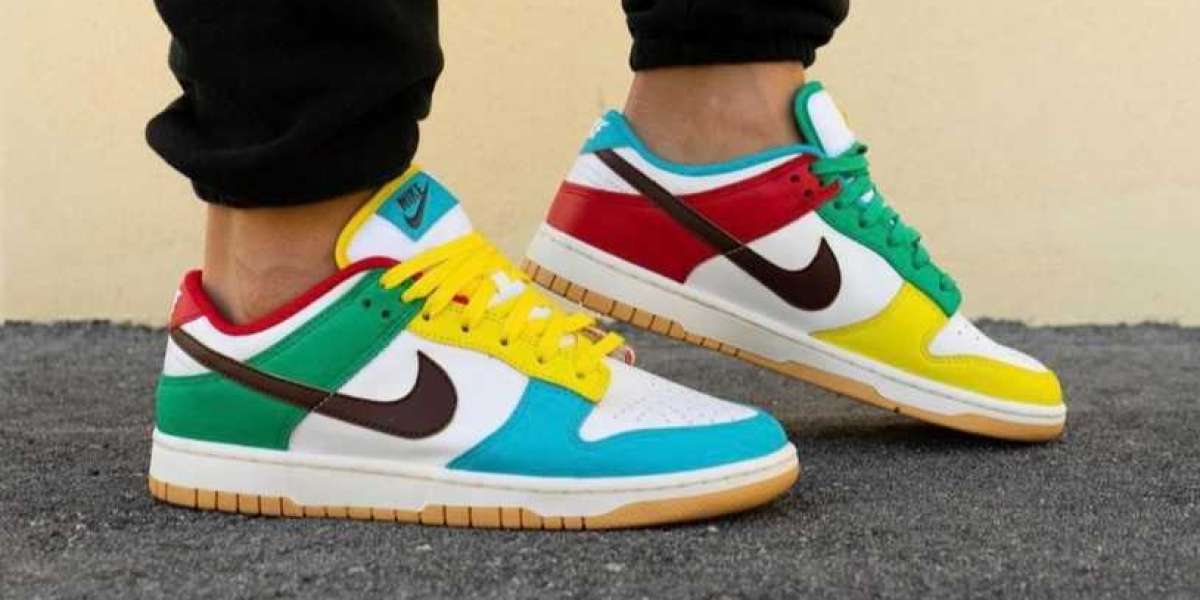In today's digital age, social media platforms have become powerful tools for businesses to reach their target audience and promote their products or services. One platform that has gained immense popularity in recent years is TikTok. With its short-form videos and massive user base, TikTok has become a goldmine for influencer marketing. In this article, we will explore the impact of TikTok influencer marketing on various industries and discuss how to measure the return on investment (ROI) of such campaigns.
The Power of TikTok Influencer Marketing
TikTok influencer marketing has revolutionized the way brands connect with their audience. By collaborating with popular TikTok creators, businesses can leverage their influence and reach millions of users in a short span of time. The authenticity and relatability of influencer content make it more engaging and appealing to the target audience, leading to increased brand awareness and potential sales.
For example, a fashion brand can partner with a fashion influencer on TikTok to showcase their latest collection through creative and entertaining videos. The influencer's followers, who are interested in fashion, are more likely to trust their recommendations and consider purchasing the showcased products. This creates a win-win situation for both the brand and the influencer.
Evaluating the Impact of TikTok Influencer Marketing
Measuring the impact of TikTok influencer marketing is crucial to determine the success of a campaign and make informed decisions for future strategies. Here are some key metrics to consider:
1. Reach and Impressions
One of the primary goals of influencer marketing is to increase brand visibility. Reach and impressions are essential metrics to evaluate the extent of exposure your brand receives through TikTok influencer collaborations. Reach refers to the number of unique users who have seen your content, while impressions represent the total number of times your content has been viewed. By analyzing these metrics, you can gauge the effectiveness of your campaign in terms of generating awareness.
2. Engagement Rate
Engagement rate measures the level of interaction and interest generated by your TikTok influencer marketing campaign. It includes metrics such as likes, comments, shares, and saves. A high engagement rate indicates that your content resonates with the audience and encourages them to take action. By tracking this metric, you can identify the type of content that performs well and optimize your future campaigns accordingly.
3. Conversion Rate
The ultimate goal of any marketing campaign is to drive conversions. Conversion rate measures the percentage of users who take the desired action, such as making a purchase or signing up for a newsletter, after being exposed to your TikTok influencer content. By tracking the conversion rate, you can assess the effectiveness of your campaign in terms of driving tangible results and calculate the return on investment.
4. Brand Sentiment
Brand sentiment refers to the overall perception and sentiment surrounding your brand as a result of TikTok influencer marketing. It involves analyzing user comments, feedback, and sentiment analysis to understand how your target audience perceives your brand. Positive brand sentiment indicates that your campaign has successfully created a positive image and generated trust among the audience.
Measuring ROI: A Holistic Approach
Measuring the return on investment (ROI) of TikTok influencer marketing requires a holistic approach that takes into account both quantitative and qualitative factors. While the aforementioned metrics provide valuable insights, it is essential to consider other factors such as brand exposure, long-term brand loyalty, and customer lifetime value.
For example, a TikTok influencer campaign may not immediately result in a significant increase in sales, but it can contribute to long-term brand loyalty and customer retention. By analyzing the overall impact of influencer marketing on your brand's growth and customer acquisition, you can make informed decisions about future investments in TikTok influencer collaborations.
Overall, TikTok influencer marketing has emerged as a powerful tool for businesses across various industries to connect with their target audience and drive brand growth. By carefully measuring the impact of these campaigns and evaluating the return on investment, businesses can optimize their strategies and make data-driven decisions for future success.
Conclusion
TikTok influencer marketing has transformed the way businesses promote their products and services. By collaborating with popular TikTok creators, brands can tap into the massive user base and engage with their target audience in a more authentic and relatable manner. Measuring the impact of tiktok influencer marketing is crucial to evaluate the success of campaigns and make informed decisions for future strategies. By considering metrics such as reach, engagement rate, conversion rate, and brand sentiment, businesses can assess the effectiveness of their campaigns and calculate the return on investment. Remember, a holistic approach that considers both quantitative and qualitative factors is essential for measuring the true impact of TikTok influencer marketing.








